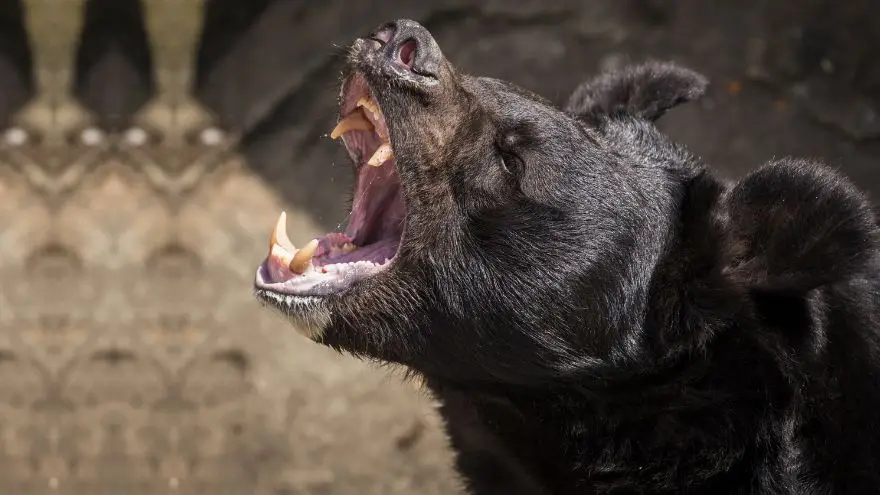When we think of animals, we often envision them living peacefully in their natural habitats. However, the animal kingdom is not without its dark side. Some creatures exhibit shocking and even deadly behaviors, with murder rates that would make even the most notorious human criminals pale in comparison. In this article, we will explore the fascinating world of animals with the highest murder rates, shedding light on their predatory tendencies and the reasons behind their deadly behavior.
1. African Lion (Panthera leo)
The majestic African lion, often referred to as the “King of the Jungle,” is a powerful and awe-inspiring creature. But don’t be fooled by its regal appearance; this predator is responsible for a significant number of killings each year. Lions live in social groups called prides, consisting of related females and their cubs, and a dominant male. These prides fiercely protect their territories and often engage in territorial disputes with neighboring groups. Infanticide is also common among lions, as incoming males will sometimes kill cubs to assert dominance and ensure their own genes are passed on.
2. Saltwater Crocodile (Crocodylus porosus)
The saltwater crocodile is the largest living reptile and an apex predator. Found in the brackish and saltwater regions of the Indo-Pacific, these fearsome reptiles are responsible for numerous attacks on humans and other animals. Their immense size, powerful jaws, and lightning-fast movements make them formidable hunters. They are known to lurk beneath the water’s surface, waiting patiently for their unsuspecting prey, which may include large mammals, birds, and even sharks.
3. Hippopotamus (Hippopotamus amphibius)
Despite their seemingly docile appearance, hippos are considered one of Africa’s most dangerous animals. They are highly territorial and extremely aggressive, especially during the mating season. Male hippos, in particular, engage in fierce battles for dominance and mating rights. These battles can often result in severe injuries and, in some cases, death. Additionally, hippos are known to attack boats and humans that venture too close to their territory, making them responsible for several fatal incidents each year.
4. Cape Buffalo (Syncerus caffer)
The cape buffalo, also known as the African buffalo, is a powerful and temperamental bovine species. They are known for their unpredictable behavior and have been nicknamed “the Black Death” due to their high number of attacks on humans. When a member of the herd is threatened, the entire group will fiercely defend their own, displaying aggressive behavior towards any perceived threats. With their sharp horns and massive size, cape buffaloes are responsible for more fatalities in Africa than any other large animal.
5. Australian Box Jellyfish (Chironex fleckeri)
Transitioning to the marine world, the Australian box jellyfish is arguably one of the most venomous creatures on Earth. Found in the waters of northern Australia, these jellyfish have tentacles covered in thousands of tiny, nematocyst-laden darts that deliver a potent toxin to their prey. Human encounters with box jellyfish can be lethal, and even a small amount of exposure to their venom can lead to cardiac arrest and death within minutes.
6. Chimpanzee (Pan troglodytes)
Chimpanzees, our closest living relatives, may share about 98% of their DNA with humans, but they can also be incredibly aggressive and violent. While they are generally social and live in communities, territorial disputes and competition for resources can lead to fatal conflicts between different groups. Chimps have been observed engaging in brutal attacks on individuals from rival groups, using their strong arms and sharp teeth to inflict serious harm.
Conclusion
While the animal kingdom is filled with wonder and beauty, it also harbors some of the deadliest creatures known to man. From lions and crocodiles to jellyfish and chimpanzees, these animals exhibit behaviors that can be shocking and lethal. It’s essential to remember that their actions are driven by instinct and survival in the wild. Understanding these behaviors not only helps us appreciate the complexity of nature but also reminds us of the importance of respecting wildlife and their habitats.








